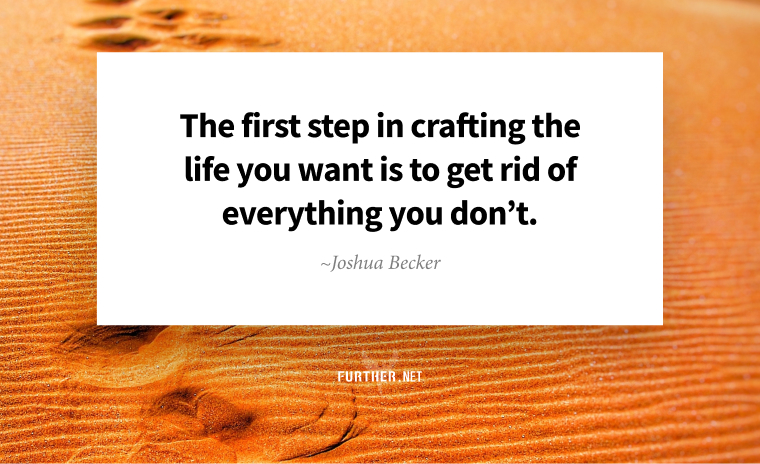
Here’s a room-clearing statement: everyone is going to die. (Admittedly, it sounds better when Amy Poehler says it.)
And when the inevitable happens, we’re seldom ready. Take my mother, who spent a lifetime accumulating things and refused to throw anything out. After she died, my dad and I were left with the daunting task of clearing out their house.
The physical and emotional toll made my father ill and left me feeling guilty about hauling away 99% of my mom’s stuff to donate or trash. I know she would’ve been mortified, but what was I supposed to do?
Aside from indulging in a soothing hygge-style swaddling, I wish we knew about the Swedish practice of döstädning, or “death cleaning.”
What is Swedish Death Cleaning?
Popularized in the book The Gentle Art of Swedish Death Cleaning by Margareta Magnusson, it’s a pragmatic practice of paring down to essentials long before you bounce off this mortal coil. It goes beyond simple decluttering, as it aims to alleviate the burden on your loved ones after you’re gone.
If this sounds painful, consider Magnusson’s perspective.
“Sad and morbid is a good description of what it is like to amass a bunch of stuff, and not really appreciating it. she said. “[It’s sad] to leave all this cleaning to others. Keep the things you really, really love, things that you look at and enjoy regularly. Get rid of the rest of your stuff.”
Don’t wait to get started — while Magnusson says 65, any age works. Plus, decluttering decreases stress and improves your mental health and well-being.
Get Rid of the Skeletons in Your Closet (and Everything Else)
Since Swedish death cleaning is a slow process, there are no rigid rules about how to do it.
There’s actually no time limit or definitive checklist to know when you’re done. It’s all about how you feel and the goals you want accomplished.
Start with your closet, as it may be easiest to ditch things that no longer fit or are out of style. Hold off on assessing sentimental items (i.e., photographs, antiques), as those may entail a discussion with your loved ones.
Next, sort items by size. Dilapidated pieces of furniture go first, then things you can fit in boxes to donate or sell. Go all the way down to pixels and delete your digital detritus, leaving only what’s essential and easy for your family to access.
Finally, connect with your loved ones. What can you give them now, so you can see them enjoy your belongings? Death cleaning can be a bonding activity, full of nostalgia and recounting happy memories.
And in the end, isn’t that what counts? By preparing for and discussing death with döstädning, you’ll lighten up your life in the process.
The Gentle Art of Swedish Death Cleaning: How to Free Yourself and Your Family from a Lifetime of Clutter by Margareta Magnusson (Amazon)
What Is Swedish Death Cleaning? How the Method Can Help You Declutter (Good Housekeeping)
